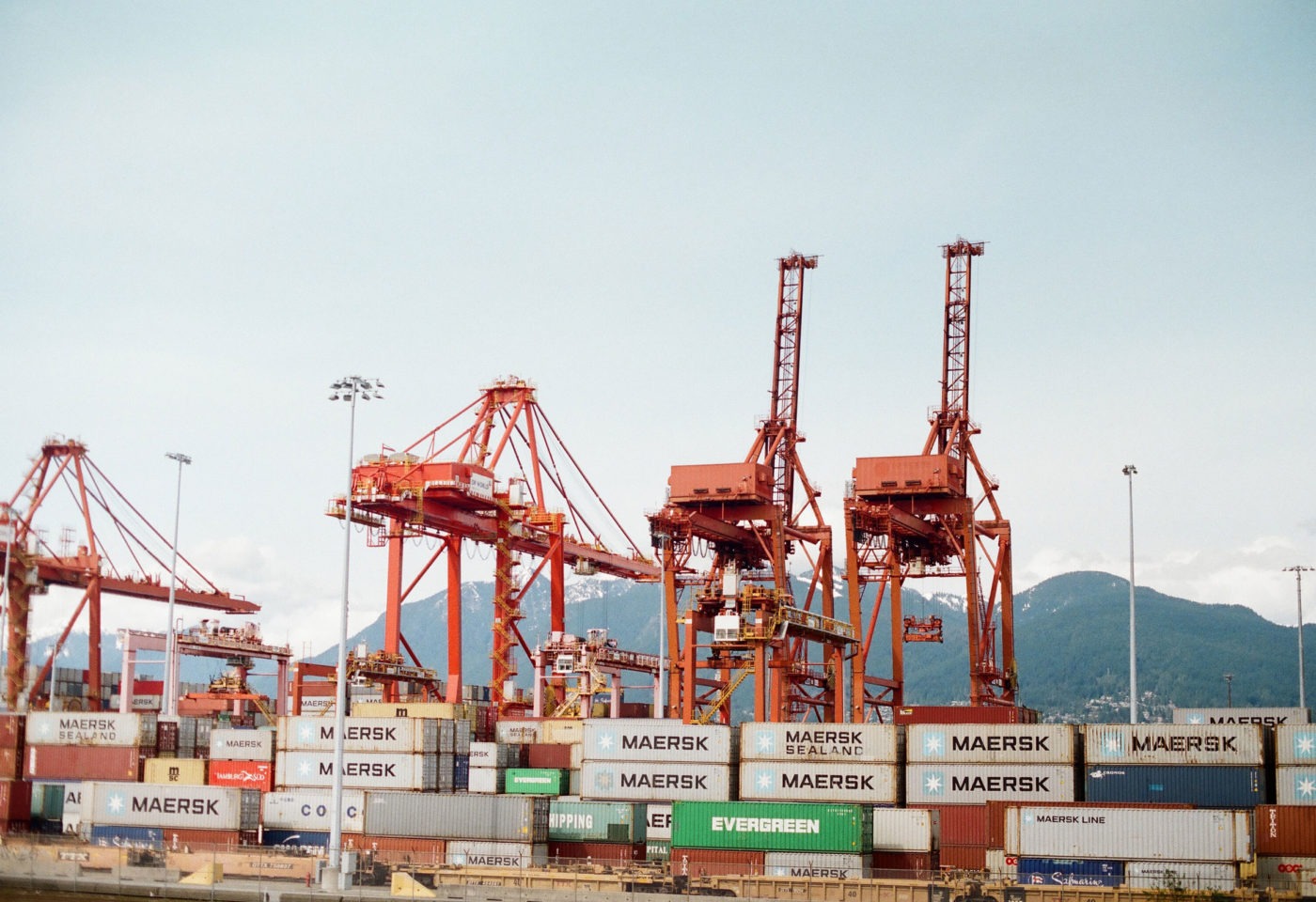By Gary G. Mar and Carlo Dade
Published in the Calgary Herald
December 14, 2022
The government’s Indo-Pacific Strategy redefines and reassigns federal resources for Asia and the Indian sub-continent, regions of great importance to Western Canada where, in 2019, 30.5 per cent of our GDP was export-dependent.
The 26-page strategy focuses on big and emerging economies that matter to the West: China, India, Indonesia, Japan, Korea, Malaysia, Philippines and Thailand. It has over $2 billion in spending of which over $600 million covers western Canadian interests.
With respect to China, security concerns edge out trade, but there is no explicit call to decouple or cut trade support services in China. The document also clearly states that the federal government will continue to help companies diversify away from and within the Chinese market. There is a clear statement that China is essentially too big a market to ignore, and that Canada must increase its capacity to manage the reality of China as a dominant economic actor globally and in the region. All of this is preceded with expected stern language on the danger China poses and growing security concerns around trade. But there are resources to help businesses understand new security requirements.
The document identifies India as the next big opportunity and target. Here it is important that we do not repeat the mistakes made rushing starry-eyed into China. India is a complex, difficult country that only five years ago suddenly cut pea imports from Canada as China more recently cut canola imports with just as devastating an effect. We must build the capacity to understand and manage a relationship with India as we are now struggling to do with China. The federal strategy has money that we may be able to access for this. It funds a new regional trade office and a specific agriculture and agri-foods office in Singapore, and funds increased visa processing capacity and clean technology demonstration while also increasing natural resource ties.
From a western Canadian perspective, there are two major misses in the strategy. There is no mention of exporting LNG. Instead, the strategy pivots to renewables and hydrogen. But Canada’s track record of not getting oil and gas to markets in Asia will not instil confidence that it will do any better with hydrogen or LNG. Success in exporting the energy of tomorrow means exporting the energy of today.
The other miss is not prioritizing expansion of our major competitive advantage in the region, the Comprehensive and Progressive Agreement for Trans-Pacific Partnership. The partnership gives Canadian businesses everything their American competitors want but will not get from their government’s Indo-Pacific Economic Framework: tariff reductions, dispute settlement, strong, binding rules and labour mobility. Having countries in the region join one of the world’s strongest trade agreements is a better strategy than negotiating new, weaker bilateral agreements.
Finally, what is most lacking is clarity and detail. Government briefings on the document include frequent use of the terms “we do not yet know” and “that too will be determined.” This means there is time for western stakeholders to try to influence the development and implementation of the strategy.
Western provincial governments would do well to discuss and co-ordinate responses. A summit of western leaders or trade ministers can signal to Ottawa and the Indo-Pacific that the West is serious about engaging and cannot be overlooked. Canada’s provinces already have a strong presence abroad, especially in Asia. Working together may be the best way to shape the strategy and assure that western Canadian interests are represented and funded.
Western provinces need to engage a federal government that is either opposed to or ignorant of its interests to make it clear it is not the only voice that speaks for them abroad or constructs the framework for how we engage Asia.
Gary G. Mar is president and CEO of the Canada West Foundation. Carlo Dade is director of the Trade and Investment Centre.
Canada West Foundation has published a What Now policy brief on the strategy and will soon release longer paper on the document.
